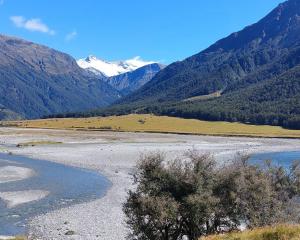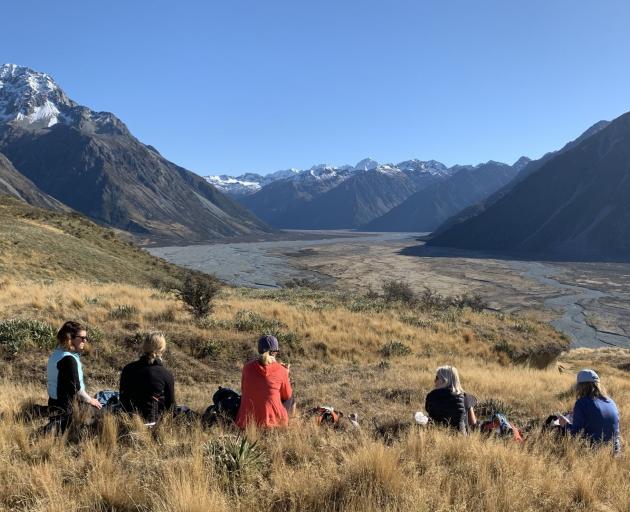
An hour west from Ashburton, I turned off the inland scenic highway at Mt Somers, bound for Lake Heron Station. The sealed road ends by the historic Hakatere buildings, but the sense of heritage in these parts roams free.
Turning off at Hakatere on to the graded gravel road to the lake, I’m rolling through a wide open basin of golden tussock and matagouri, bracketed by high, glaciated mountain ranges.
Lake Heron Station is a magnificent high-country merino station that’s been a going concern for the Todhunter family since 1917. The original Lake Heron run was first established in 1857, before R.C. Todhunter bought the station 60 years later. Today, great-grandson Philip and Anne Todhunter run the station, with merino wool remaining the mainstay, alongside the alluring hospitality venture. They are truly exceptional hosts, with that quintessential air of authentic, disarming and charming high-country hospitality. You’ll feel right at home.
Under a vast blue sky canvas, serrated by the soaring peaks of the surrounding mountains, Philip treated me to an illuminating 4WD farm tour across his vast, undulating back-country realm, spanning 19,600 hectares and boasting 11,000 merino sheep. Family farm dogs Patch and Jan came along for the ride.
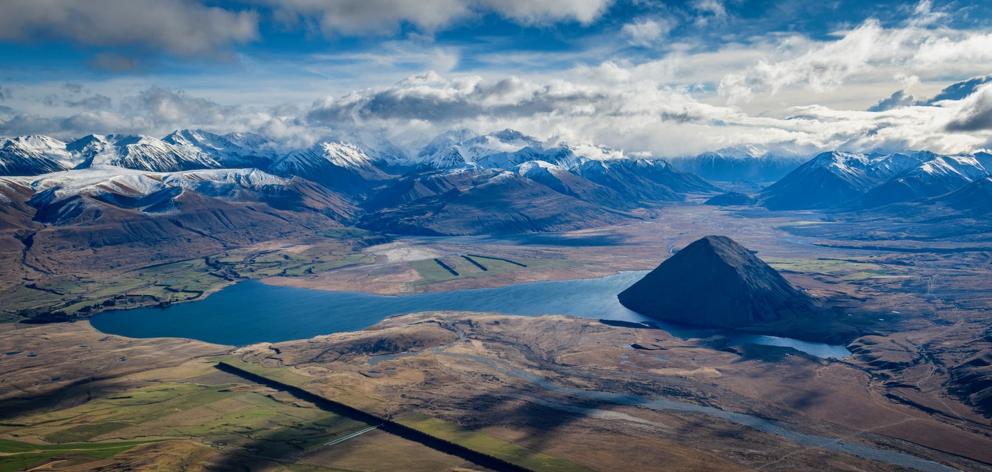
Five original station huts still remain on the sprawling property, cherished totems to the past. These shelters were originally built to assist with the mustering of sheep. The names of musterers from yesteryear can be seen etched on the hut walls. Today the huts are still used for accommodation, like the New Hut, which was built in 1923 and is still the base for the four-day autumn muster, in addition to accommodating guests seeking a back-country escape.
The autumn muster involves a team of six men and 18 dogs, ushering thousands of sheep down to lower country before the winter snows arrive. The country is too steep for horses or motorbikes and the shepherds move by foot with their teams of working dogs, scrambling across scree and climbing up to 800m a day. I was constantly stunned to see just how high these hardy sheep roam, easily mistaken for rocky outcrops on the high country slopes, before they suddenly move.
Growing wool is still a major focus of the farming operation, and a large portion of the wool clip is processed into active outdoor and leisurewear for Icebreaker. Icebreaker was a pioneer in the merino field, being the first to successfully tailor this lightweight, breathable fibre into outdoor clothing made to last.
The fleece from each merino sheep is spun into five garments a year, resulting in a natural, plastic-free product that’s cool in the summer and toasty in the cooler months. Angus cattle and lamb production also complement the farm business, too.
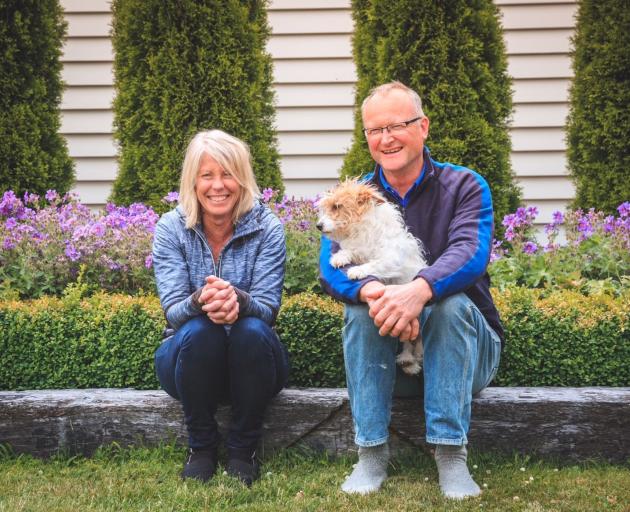
You’ll also be impressed by their dedicated commitment to being great environmental custodians.
"Our vision has been to increase the farming production while at the same time not compromise the natural landscape," Anne said.
"We’d like to think that in 100 years people will look back on us and think that we farmed in a way that was positive for the land.
"It’s a balance; we’re farming on the edge of what’s possible and you have to be very respectful of the environment."
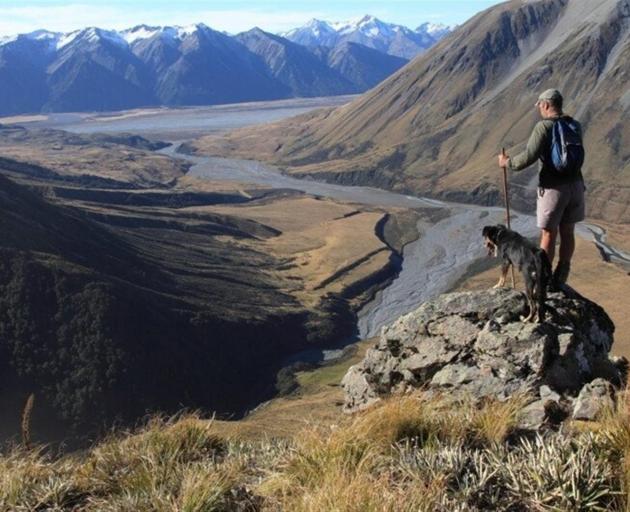
If the weather is behaving, the jewel-like brilliance of Lake Heron deserves a dip. The lake mirrors everything around it, as flat as glass, rippled only by the surface trails of paddling birdlife. Lifejackets, a small dinghy and kayaks are available from the station. As are fishing rods. Lake Heron is well-stocked with trout, so why not try your luck for the catch of the day? The lake is a wildlife refuge and home to a wide variety of waterfowl, notably the southern crested grebe.
The station is involved in a conservation project to enhance the birdlife by eradicating introduced predators from around the lake. On the farm tour with Philip, I noticed the braided rivers also provide unique habitats for oyster-catchers, black-fronted terns, banded dotterels and wrybills.

West of the station, another great option is take the short flight to the Icefields. This 50-minute journey over the Arrowsmith Range takes you to the evocatively named ice fields of the Gardens of Eden and Allah. This is heartland wilderness country on a grand scale and the names of the features — The Warrior, Red Lion, Battle-axe Col, Sentinel Peak, Angel Col — indicate the resistance they put up to early explorers!

Check it out
Treat yourself to a heartland sojourn in style, at extremely reasonable rates.
Lake Heron Station is a revelation, underpinned with affordable high-country hospitality in excelsis. www.lakeheron.co.nz

